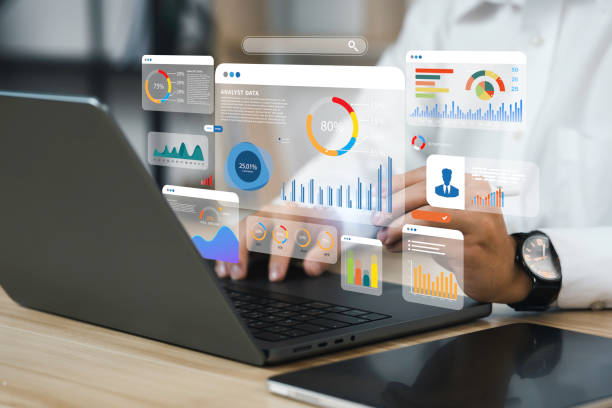Table of Contents
This guide offers a comprehensive toolkit for individuals to master data in data science and analytics, enabling them to gain valuable insights and make strategic decisions.
**1. The Importance of Data Mastery in Modern Enterprises**
In the digital economy, data mastery is crucial for businesses to uncover insights, drive innovation, and improve operational efficiency. It involves collecting, storing, and ensuring data accuracy, consistency, and relevance. Effective data management enhances customer experiences, enables predictive analytics, and supports robust decision-making processes. For example, retail companies use customer data to personalize offerings and healthcare institutions use patient data for outbreak management.
**2. Essential Tools for Data Cleaning and Preparation**
Preparation is a crucial step in data analysis, involving cleaning, transforming, and organizing raw data. Tools like OpenRefine and Trifacta Wrangler simplify this process, while Python libraries like Pandas and NumPy offer powerful data manipulation capabilities. Apache Spark is ideal for large datasets. Proper data preparation leads to more accurate analyses and reliable outcomes. Consistent data cleaning prevents errors, ensuring meaningful insights from clean, well-prepped datasets. Investing time and resources in this stage builds a solid foundation for subsequent data analysis.
**3. Advanced Data Visualization Platforms**
With clean, well-prepared data at hand, the next step is visualization. Effective data visualization conveys complex data insights in a more comprehensible and actionable format. Tableau and Power BI are two leading platforms that allow users to create dynamic and interactive visualizations from various data sources. These tools support a range of visualization types, including heat maps, scatter plots, and geographic maps, making it easier to discern patterns and trends. Moreover, programming tools like D3.js and Matplotlib offer customizable options for those with coding skills to create bespoke visualizations. Advancing beyond static charts, these platforms facilitate real-time data interaction, allowing stakeholders to explore data scenarios dynamically. By translating data into visual formats, complex datasets become accessible to non-technical stakeholders, fostering a culture of data-driven storytelling that aids in strategic decision-making. Effective visualizations are not just about aesthetics but about clarity and the ability to spotlight significant insights, driving home the underlying data’s key messages.
**4. Machine Learning and Predictive Analytics Tools**
Data mastery goes beyond understanding the present; it encompasses forecasting future trends. Machine learning and predictive analytics tools, such as TensorFlow and Scikit-learn, empower data scientists to build sophisticated models that can predict outcomes with high accuracy. These tools provide extensive libraries for developing algorithms ranging from linear regression to deep learning, suitable for a wide array of applications. For companies, applying machine learning can lead to breakthroughs in risk management, customer segmentation, and operational optimization. Tools like IBM SPSS and SAS Analytics offer robust environments for developing predictive models, complete with drag-and-drop interfaces that simplify the data mining process. Integrating machine learning into the analytics workflow involves understanding and cleaning datasets, selecting appropriate modeling techniques, training the model, and validating its accuracy. As these models are refined and improved, businesses can anticipate market changes, identify new opportunities, and mitigate potential risks, establishing a forward-looking approach that leverages data as a predictive asset.
**5. Implementing Data Governance and Compliance**
Data mastery is incomplete without a strong framework for data governance and compliance. As data volumes grow, implementing structured governance policies ensures that data is managed securely, consistently, and ethically. This includes data quality management, access controls, and regulatory compliance. Tools like Collibra and Informatica provide comprehensive solutions for data governance, facilitating metadata management, data lineage tracking, and ensuring regulatory adherence. With legal frameworks like GDPR and CCPA imposing strict data protection requirements, organizations must adopt tools and practices that safeguard personal data and maintain transparency. Effective data governance also involves setting up clear roles and responsibilities, ensuring that data ownership is well defined. Regular audits and compliance checks help in identifying potential vulnerabilities and ensuring that the organization’s data practices adhere to legal standards. By establishing strong data governance frameworks, businesses not only protect themselves from legal repercussions but also build trust with their customers, showcasing a commitment to data privacy and security.



